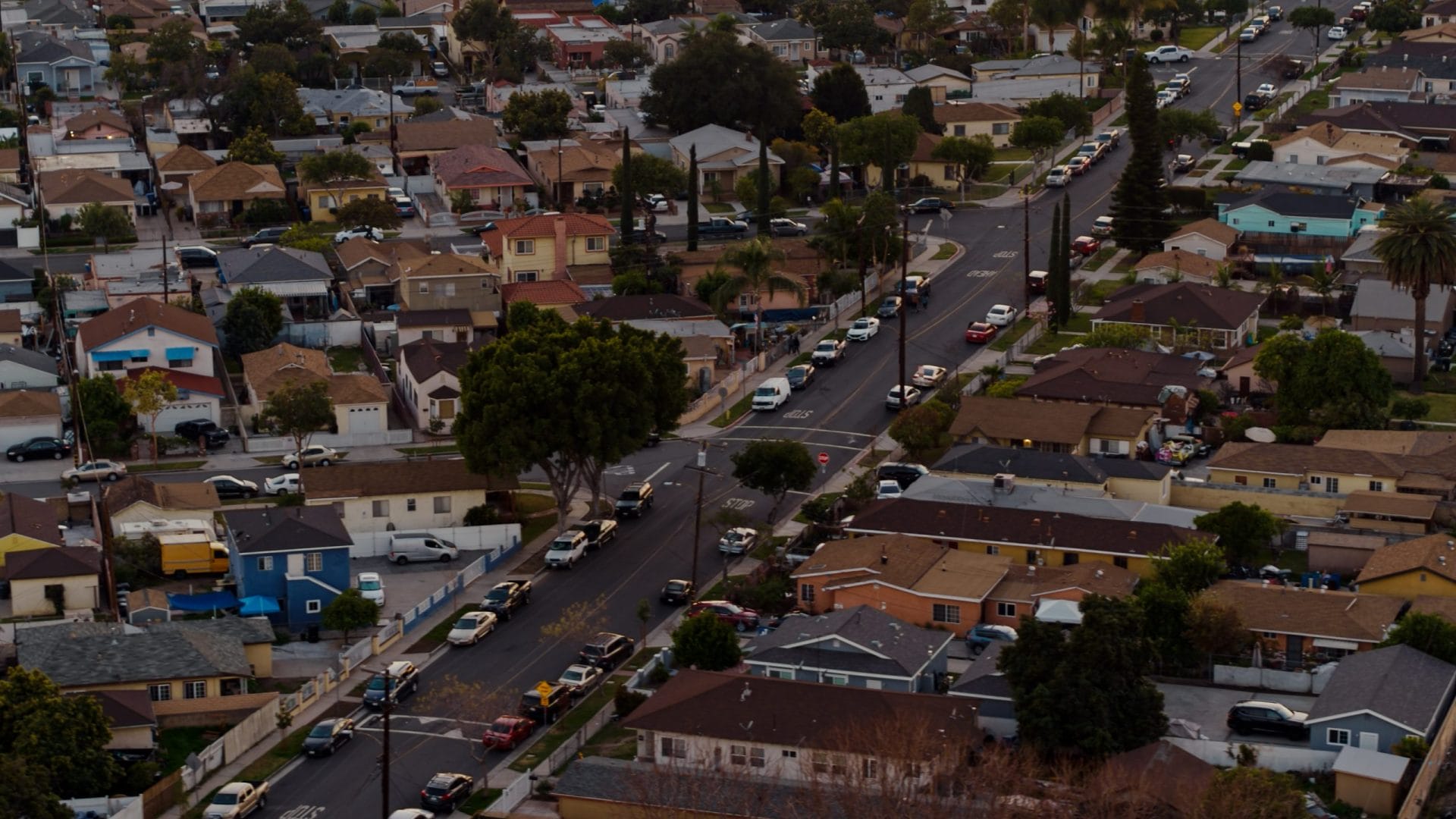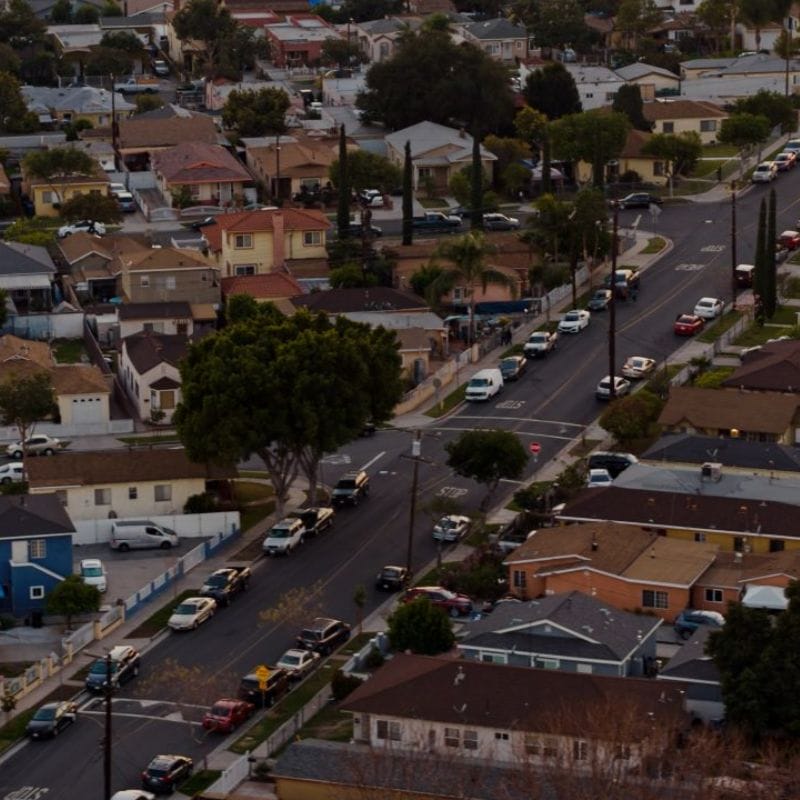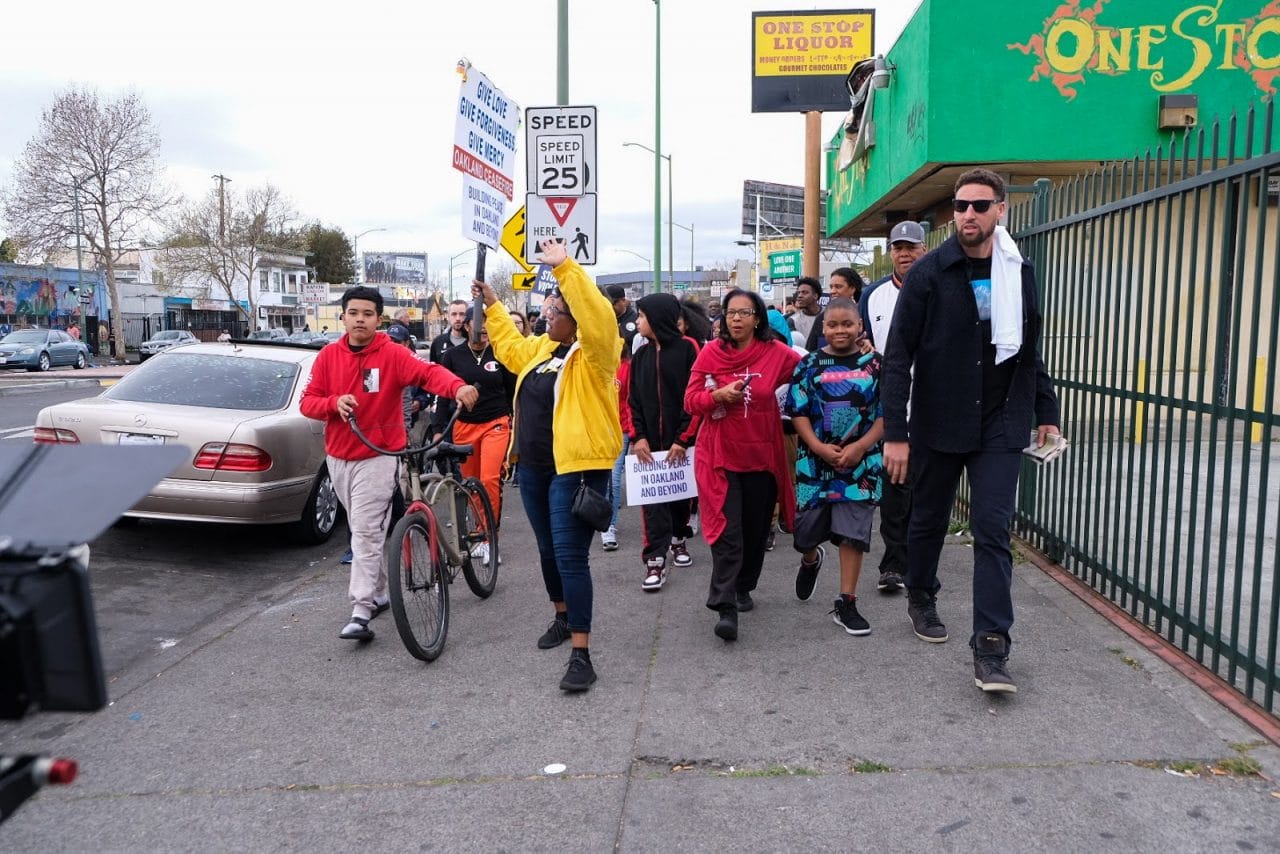
What I Learned from Years of De-escalating Conflicts in Los Angeles
I grew up in Watts, a neighborhood in southern Los Angeles, and at 21 began working as a community violence intervention worker.
I spent several years engaging victims of violent crime at hospital bedsides and integrating them back into the community in partnership with other trusted CVI workers.
I often found myself helping gang members that I knew from my childhood and tried to use that bond to help them change their lives. I sometimes found myself working with rival gang members at the same time. I even worked with my own family members who were involved in gangs. De-escalating conflicts before they turn violent is a critical component of violence prevention work. Here’s what de-escalation means, and how it works in practice.
Using De-escalation to Prevent Violence
De-escalation involves the deliberate use of manner, words, and actions to help calm heightened emotions and focus attention on resolving difficulties. The goal of de-escalation is toavoid violence and arrive at a scenario where all parties give a little and get a little. One acronym we used at Southern California Crossroads was CALM: Control self, acquire engagement, listen, and move to resolution.
As a tactic, de-escalation is used occasionally by law enforcement (only 15-17% of departments, research shows), and more often by violence intervention workers and other groups. I think we’d be better served if all law enforcement departments were well-versed in this tactic, which I saw prevent bloodshed time and time again in Los Angeles. Police are often trained to take command and order people around, which can lead to an empathy gap between them and those they’re meant to serve and protect.
While law enforcement should be trained in de-escalation to avoid the unnecessary use of deadly force, law enforcement as an entity may not always be the most effective entity to de-escalate every situation. We should also fund community violence intervention groups on the ground who are doing this critical work. These are some of the tactics and strategies we found most useful at Southern California Crossroads.
How De-escalation Works
One important part of coordinating a mediation is knowing when it’s best not to have one—forcing a mediation will likely make things worse. In an ideal world, the mediator already has an established relationship with both parties, but these techniques can also be effective when the mediator doesn’t know the people involved.
First, all parties have to agree to the rules of engagement before mediation can be facilitated. The mediator—whose role is to be a guide, ensure fairness and balance, and promise neutral impartiality—opens by giving introductions and communicating a purpose for the conversation. Both parties agree to transparency and honesty, and commit to not interrupting.
After opening statements and agreeing on the list of issues at hand, parties enter into negotiation on one issue at a time, beginning with the least difficult. After considering the mutual benefits and possible effects on future relationships, they then agree on solutions to each issue.
Components of successful de-escalation include:
- Clear boundaries (no name calling and no disrespect)
- Private and safe location—the less audience the better
- Ample personal space
- Assurance of confidentiality
- Reassurance of compassion and empathy
- Ownership of the process belongs to the mediator
De-escalation in Practice
One time I was at the hospital when the victim of a police shooting arrived, followed by the victim’s family and the officer who had shot him. I engaged the lieutenant to get him to be empathetic and compassionate towards the victim’s family and provide as much information as possible.
My team and I calmed the family as much as we could, and facilitated a difficult but important conversation between the lieutenant and the father of the victim. The victim’s father was understandably angry, but he was able to engage in a dialogue rather than resort to violence.
De-escalation is far from a foolproof process, but it can help prevent bloodshed from cycles of retaliatory violence and heavy-handed policing. It’s critically important that we better train law enforcement in de-escalation and better fund community violence intervention groups doing this work on the ground. Too many lives have been lost already, and too many more are at stake.
MEDIA REQUESTS
Our experts can speak to the full spectrum of gun violence prevention issues. Have a question? Email us at media@giffords.org.
Contact

